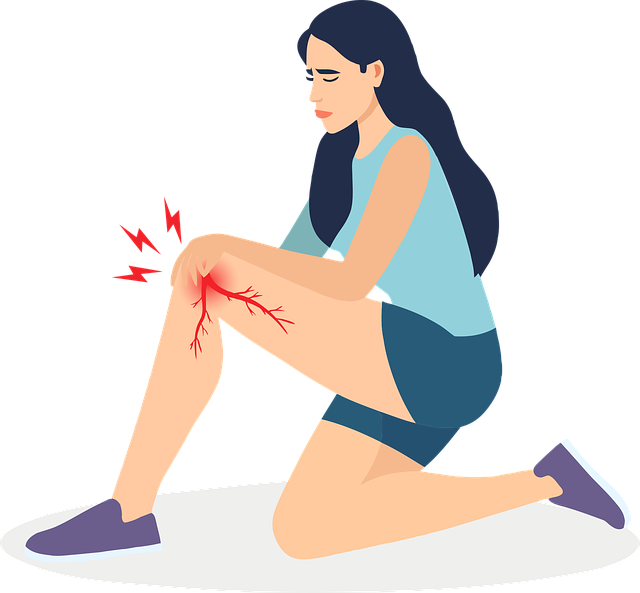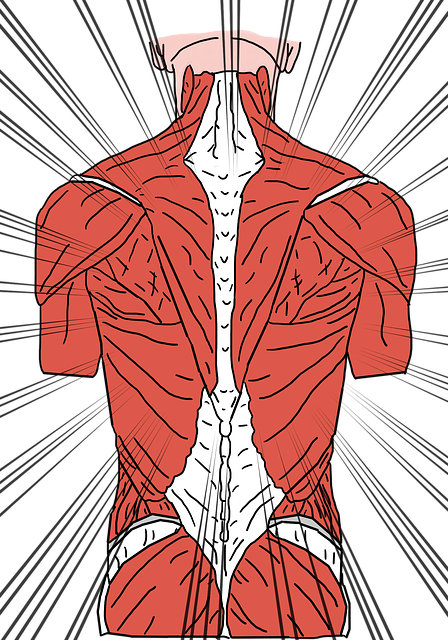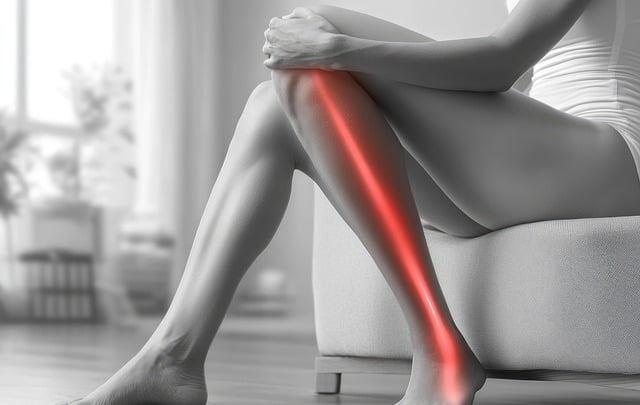stem cell therapy and its variants like PRP, gene editing with CRISPR-Cas9, exosome treatments, and advanced biomaterials through 3D printing are all at the forefront of revolutionizing pain management. These therapies offer a shift from traditional pain medication reliance to targeted, regenerative healing that addresses both symptoms and underlying causes of chronic pain. Stem cells have shown promise in differentiating into necessary cell types to repair damaged tissues and modulate inflammation, while PRP injections use a patient's platelet-rich plasma to stimulate natural healing processes. Gene editing technologies like CRISPR-Cas9 aim to correct genetic mutations responsible for chronic pain conditions, offering long-term relief potential. Exosomes, as natural nano-sized communication vesicles, deliver bioactive molecules that mitigate inflammation and promote tissue repair. Meanwhile, 3D printing of patient-specific implants and scaffolds provides customized solutions that enhance tissue integration and regeneration, leading to improved outcomes in pain management with a focus on personalization and less invasive procedures. These innovative treatments are not just about managing chronic pain but also about improving the overall quality of life for patients through advanced, tailored interventions.
In the evolving field of regenerative healing and recovery, innovative therapies are redefining the landscape of pain management. This article delves into the cutting-edge advancements that are setting new standards for treating acute and chronic pain. From the transformative potential of stem cell therapy to the precise application of gene editing technologies, we explore how these medical breakthroughs are offering hope to those suffering from various ailments. Additionally, the emergence of exosome treatments and the revolution brought forth by advanced biomaterials and 3D printing techniques promise to further enhance the body’s natural healing processes. Join us as we examine the forefront of regenerative medicine and its profound implications for pain relief and recovery.
- Unraveling the Potential of Stem Cell Therapy in Regenerative Healing and Pain Management
- Exploring the Role of Platelet-Rich Plasma (PRP) Injections in Accelerating Recovery and Managing Chronic Pain
- The Promises of Gene Editing Technologies: A New Frontier in Regenerative Medicine for Pain Relief
- Harnessing the Power of Exosomes: An Emerging Therapy for Tissue Repair and Pain Reduction
- Advanced Biomaterials and 3D Printing: Revolutionizing the Approach to Chronic Pain Management and Healing
Unraveling the Potential of Stem Cell Therapy in Regenerative Healing and Pain Management

Stem cell therapy stands at the forefront of regenerative healing and pain management, offering a beacon of hope for those suffering from chronic pain conditions. These versatile cells have the remarkable ability to differentiate into various cell types, potentially repairing or replacing damaged tissue. The therapeutic potential of stem cells is being explored in numerous clinical trials, with promising results in treating injuries and diseases that previously had limited treatment options. For instance, mesenchymal stem cells have shown efficacy in alleviating inflammation and modulating the immune response, which are key factors in pain management. As research progresses, the application of stem cell therapy continues to expand, holding the promise of not only mitigating pain but also restoring function and quality of life for patients with complex medical needs.
In the realm of pain management, stem cell treatments are being tailored to address both the symptoms and underlying causes of chronic pain. By harnessing the regenerative properties of these cells, clinicians aim to not only reduce dependence on conventional pain medications but also promote natural healing processes. The goal is to offer patients a personalized approach to pain relief, which may lead to long-term benefits beyond temporary pain alleviation. As such, stem cell therapy represents a paradigm shift in the approach to managing chronic pain, offering a route to recovery that is rooted in the body’s innate capacity for regeneration and repair.
Exploring the Role of Platelet-Rich Plasma (PRP) Injections in Accelerating Recovery and Managing Chronic Pain

Platelet-Rich Plasma (PRP) injections have emerged as a revolutionary treatment modality within the realm of pain management, particularly for those suffering from chronic pain conditions. By harnessing a patient’s own blood components, PRP therapy concentrates platelets—rich in growth factors—at a higher than normal concentration. This enables these platelets to accelerate healing by stimulating tissue repair and regeneration, making it an effective solution for various musculoskeletal disorders. Clinical studies have demonstrated that PRP injections can significantly reduce pain and improve function in areas such as tendons, ligaments, and muscles, offering a non-surgical alternative to traditional treatments.
The application of PRP therapy is multifaceted, tailored to address the unique needs of each patient. Upon injection into the affected area, the growth factors from the concentrated platelets initiate a healing response by increasing blood flow, enhancing tissue granulation, and promoting collagen production. This process not only reduces inflammation but also helps to repair damaged tissues, effectively managing chronic pain. The therapeutic outcomes of PRP injections are closely monitored by healthcare professionals, ensuring that the treatment is optimized for each individual’s condition, thereby enhancing recovery and diminishing the reliance on long-term pain medication.
The Promises of Gene Editing Technologies: A New Frontier in Regenerative Medicine for Pain Relief

Gene editing technologies such as CRISPR-Cas9 have opened a new chapter in regenerative medicine, offering unprecedented potential for pain management. By precisely targeting and editing genes, these technologies can correct mutations that underlie various chronic pain conditions. This scientific advancement represents a significant shift from symptom management to addressing the root cause of pain, potentially providing long-lasting relief without the side effects often associated with traditional pharmaceuticals. Researchers are exploring how gene therapy can be used to modulate pain pathways, offering hope for patients who have exhausted conventional treatment options. The ability to engineer cells to express proteins that inhibit pain signaling not only represents a breakthrough in managing acute and chronic pain but also paves the way for more personalized medicine, where treatments are tailored to an individual’s unique genetic makeup.
Furthermore, the application of gene editing in regenerative medicine extends beyond pain management; it holds promise for repairing and regrowing damaged tissues and organs. By introducing specific genes into cells, researchers can direct the body’s healing processes, promoting the regeneration of healthy tissue where it is needed most. This approach has shown efficacy in preclinical models, particularly in addressing conditions like osteoarthritis and spinal cord injuries, where current therapeutic options are limited. The promise of gene editing technologies lies not only in their ability to alleviate pain but also in their capacity to restore function and improve the quality of life for countless individuals suffering from debilitating conditions. As clinical trials progress and regulatory pathways become clearer, these advanced therapies are poised to redefine our approach to healing and recovery.
Harnessing the Power of Exosomes: An Emerging Therapy for Tissue Repair and Pain Reduction

Exosomes, nano-sized cellular vesicles, are at the forefront of regenerative medicine, offering novel prospects for pain management and tissue repair. These natural carriers, brimming with bioactive molecules, facilitate cellular communication by delivering signals that stimulate healing. In conditions where traditional treatments fall short, exosomes have shown promise in promoting tissue regeneration, particularly in areas such as cartilage, tendon, and bone, thereby reducing pain and restoring function. Clinical trials have demonstrated the efficacy of exosome therapies in alleviating chronic pain by modulating inflammation and promoting the repair of damaged tissues, offering a beacon of hope for patients who have exhausted conventional pain management options.
The potential of exosomes lies in their versatility; they can be tailored to target specific types of cells or pathological conditions, making them a highly customizable treatment modality. Unlike some treatments that address symptoms without curing the underlying issue, exosome therapy aims to address the root cause of pain and tissue damage, offering a long-term solution over temporary relief. As research progresses, the application of exosomes is expanding beyond musculoskeletal conditions to encompass neurodegenerative diseases and even anti-aging treatments, underscoring their significant role in the realm of advanced therapies for regenerative healing and recovery.
Advanced Biomaterials and 3D Printing: Revolutionizing the Approach to Chronic Pain Management and Healing

Advanced biomaterials and 3D printing technologies have emerged as transformative forces in the field of chronic pain management and healing. These innovative solutions offer a personalized approach to treating pain by creating patient-specific implants and scaffolds that can integrate with the body more naturally. The precise control over material composition and structure allows for the design of biomaterials that can respond to biological signals, promoting tissue regeneration and reducing chronic pain. 3D printing technology enhances this process by enabling the fabrication of complex geometries that are tailored to individual patient needs. This customization not only improves the efficacy of treatments but also minimizes the risk of complications, leading to better outcomes in recovery and pain management. The integration of these technologies ensures that the biomaterials used for chronic pain intervention are optimized for each patient’s unique anatomy and condition, paving the way for more effective and less invasive solutions in managing pain.
In conclusion, the field of regenerative healing and recovery has undergone a transformational shift with the advent of cutting-edge therapies that hold great promise for pain management. From the therapeutic potential of stem cell therapy to the precision offered by gene editing technologies, these innovations are reshaping our approach to chronic pain and tissue repair. The use of PRP injections has emerged as a cornerstone treatment, accelerating recovery and alleviating persistent discomfort. Similarly, the utilization of exosomes represents a significant leap forward in restoring function and reducing pain. Moreover, the integration of advanced biomaterials and 3D printing technology is set to revolutionize chronic pain management and healing processes. These advancements not only enhance the quality of life for patients but also pave the way for personalized and effective treatments that were once deemed unattainable. As research continues to evolve, the horizon for regenerative medicine in pain management appears brighter than ever.
